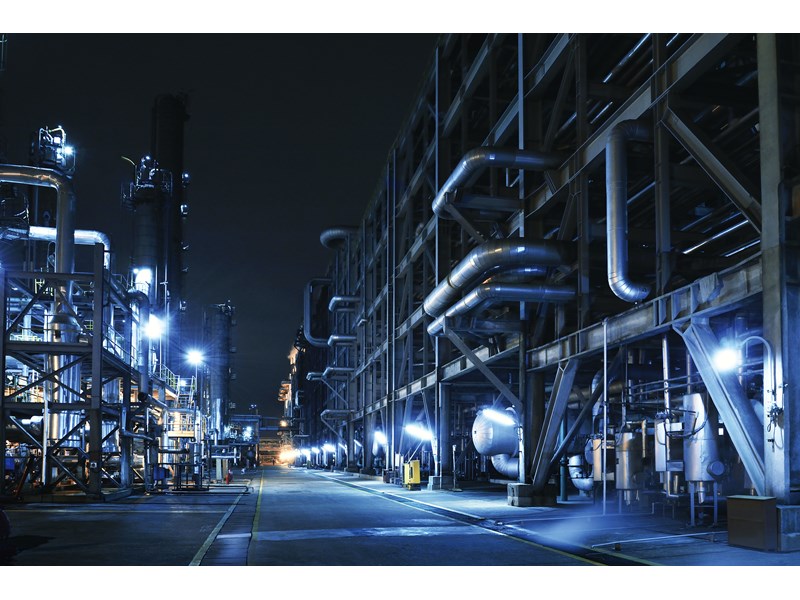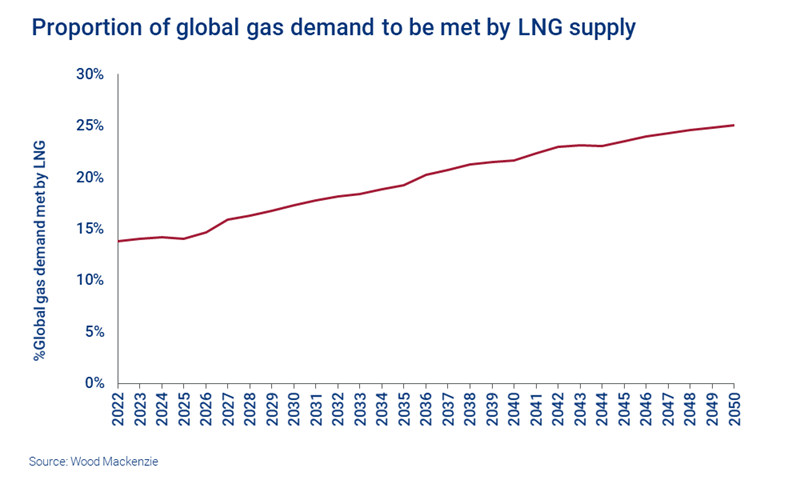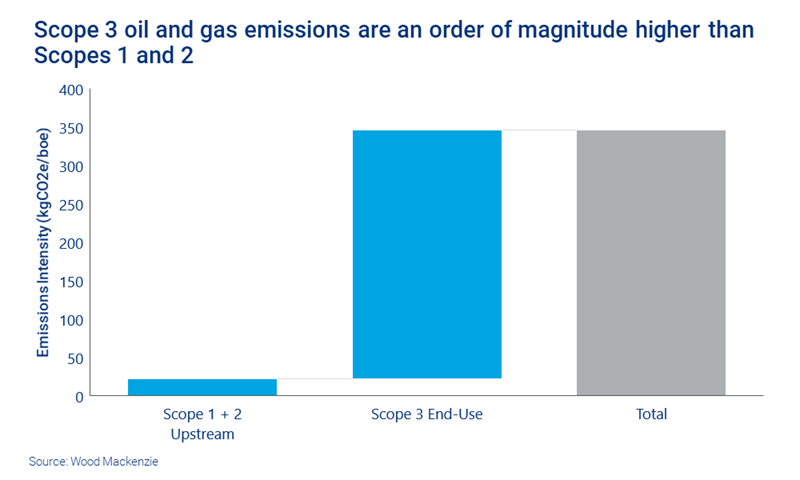Is gas the green choice?
Reviewing scope 1, 2 and 3 emissions for oil and gas fields around the world
4 minute read
The energy sector accounts for nearly 80% of global greenhouse gas (GHG) emissions, primarily from fossil fuel consumption. Oil and gas companies are under increasing pressure to disclose the climate impact of their business and decarbonise operations.
Natural gas has long been considered to have an important part to play in realising a 1.5-degree scenario by 2050. And its role is under greater scrutiny than ever. The ripple effect from Russia’s war with Ukraine may have knocked the balance of the energy trilemma – sustainability, affordability and security – towards the latter, but the net zero challenge will only intensify.
So, would using more gas help make the energy sector cleaner? In a recent webinar, we drew on our Emissions Benchmarking Tool to explore this question in depth, covering Scope 1, 2 and 3 emissions. Missed it, or looking for a recap? Fill out the form to watch the replay and access the accompanying slides, and read on for an introduction.
Demand reduction for fossil fuels will not be enough on its own
As efforts to address global warming step up, lower fossil fuel use will reduce energy sector emissions. In fact, we expect carbon dioxide emissions to peak around 2025 and reduce by 28% from the current level by 2050.
However, we calculate that to meet the most ambitious targets of the Paris Agreement – as outlined in our Accelerated Energy Transition 1.5-degree (AET-1.5) scenario – carbon emissions would need to drop much further. By 70%, in fact.
It’s unlikely that additional reductions in fossil fuel demand will be enough to address this shortfall on their own. With that in mind, reducing emissions within the oil and gas industry itself will be an important part of reducing overall emissions.
Breaking down the sources of oil and gas emissions
To best address the sector’s emissions, it is necessary to understand where and how they are created across the whole value chain. Our Upstream Oil & Gas Emissions Benchmarking Tool has recently been extended to cover indirect Scope 3 end-use emissions as well as direct emissions that fall within Scopes 1 and 2. Emissions covered are as follows:
- Scope 1: Direct emissions relating to oil and gas extraction and processing, including emissions from fuel combustion, flaring and venting, as well as methane losses.
- Scope 2: Indirect emissions relating to oil and gas extraction, from purchased electricity, heat and steam consumed at facilities.
- Scope 3: Other indirect sources of emissions, including combustion of products at point of use.
This makes it possible to analyse the emissions produced at the various stages of the product life cycle and gain useful insights into opportunities for decarbonisation of oil and gas operations.
We model emissions at a field-by-field level. Analysing the data by field type, we see that in many cases gas fields can have higher Scope 1 and 2 emissions than oil fields. This often happens where there is CO2 in the reservoir, which is subsequently vented into the air, or where the gas is liquefied prior to shipping.
The issue with LNG
The additional liquefaction, shipping and regas process involved makes liquefied natural gas (LNG) more carbon intensive than traditional pipeline gas supply. Our current analysis has LNG meeting at least 25% of global gas demand by 2050.
However, given the increasing reliance on LNG in Europe to replace piped gas from Russia, that figure could go even higher.
So, unless LNG facilities take steps to decarbonise then overall scope 1 and 2 emissions from gas production could continue to increase.
What happens when we include Scope 3 emissions?
Most carbon dioxide emissions come from gas or oil products being combusted by the end user, such as in a power station or for transportation. The chart below shows Scope 3 end-use emissions for a typical field. They have a huge impact on overall emissions, being an order of magnitude higher than Scope 1 and 2 emissions combined.
Oil and gas companies have much less control over these emissions (and so far only ten have set Scope 3 net zero ambitions). But once Scope 3 is taken into account, gas is noticeably cleaner than oil – mainly because gas has a lower carbon combustion factor than liquid fuels.
Furthermore, oil has to be refined before it can be used, which increases Scope 3 emissions even further for oilfields.
Get a closer look at the comparative carbon footprint of oil and gas – and the value at risk
The webinar this article is based on includes a full demonstration of how our Emissions Benchmarking Tool can be used to break down and analyse emissions by region, field type, company and asset over time. It also includes a look at carbon prices – and the value at risk for the sector.
Fill in the form at the top of the page for complimentary access to the webinar replay and slides.








